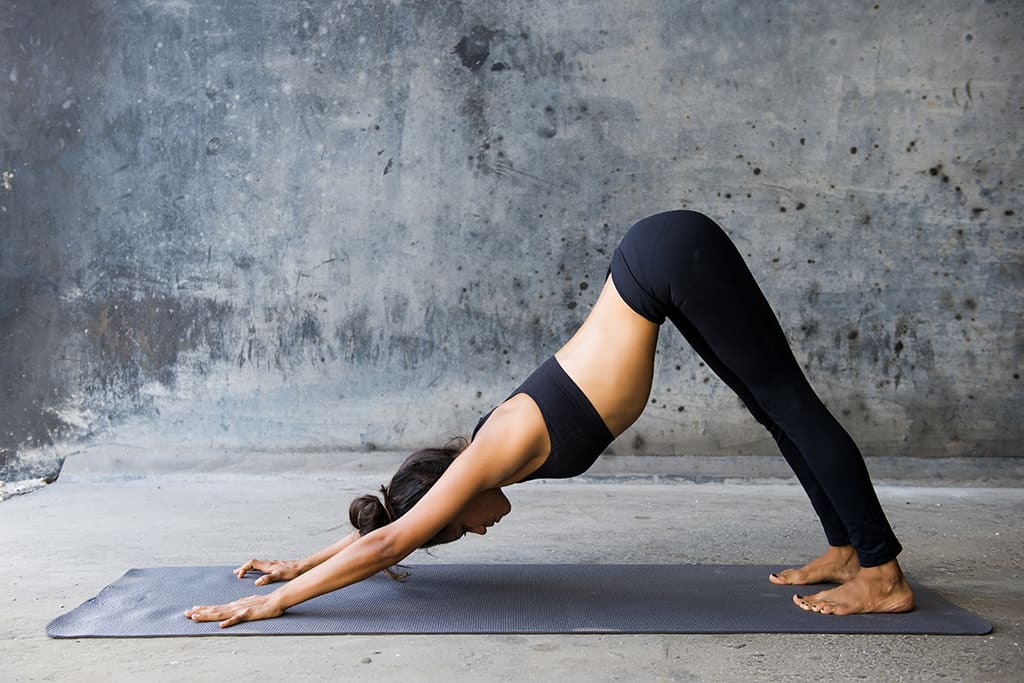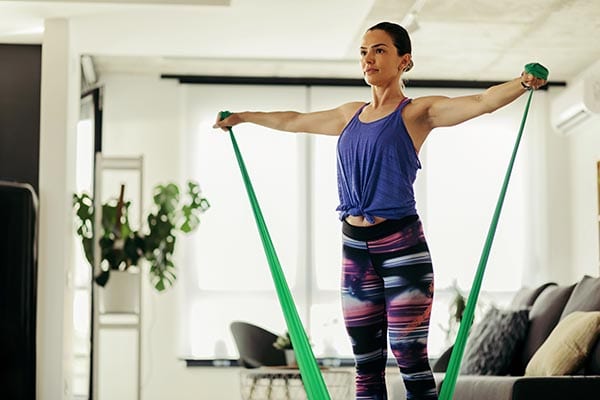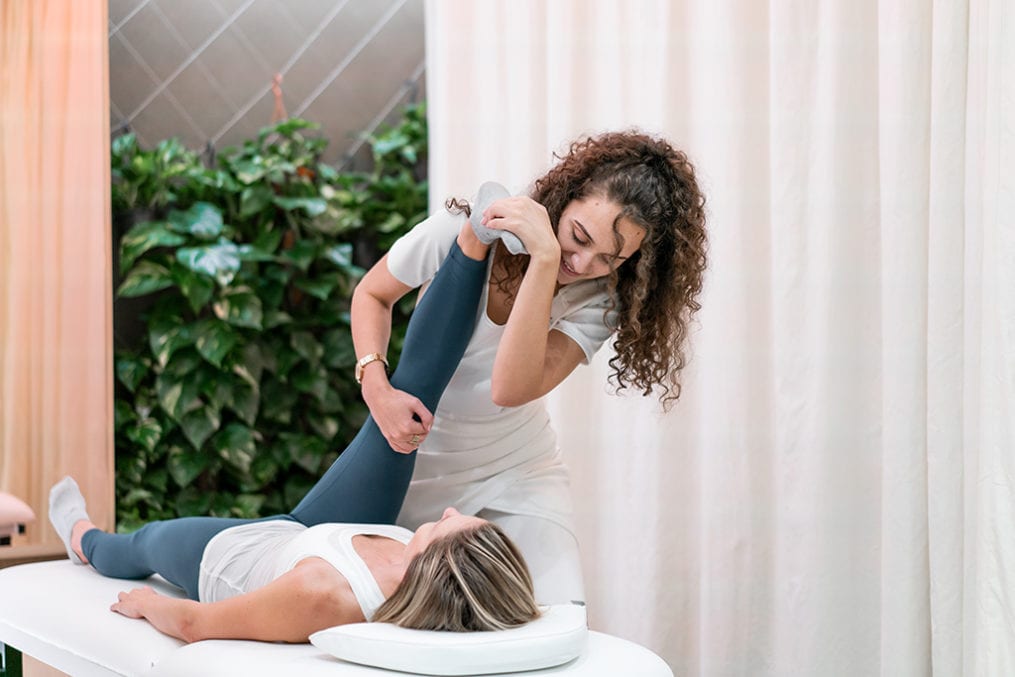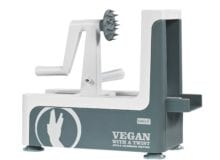Master the move: downward dog
 No matter what style of yoga you’re into, the downward dog is likely to be a feature, so it’s an important pose to perfect.
No matter what style of yoga you’re into, the downward dog is likely to be a feature, so it’s an important pose to perfect.
‘It can be challenging until you have mastered engaging your core, as many people feel it in the upper body and wrists,’ says yoga instructor Libby Limon
. ‘It can also be tough if you’re a runner or cyclist because tight hamstrings make it trickier.’ Performed correctly, it lengthens heels, calves, hamstrings, glutes and hips, relieves tension in your lower back and strengthens wrists, shoulders and back muscles. Here’s Limon’s guide to doing the perfect downward dog.
Step 1
Begin on your hands and knees, keeping hands shoulder-width apart, wrists slightly in front of shoulders, knees underneath your hips. Spread your fingers, and engage your hands from knuckles to fingertips to connect to the mat and help spread the weight.
Step 2
Suck in your lower abdomen. Engage your upper back by spreading shoulder blades apart and pulling them down your back. Inhale and tuck toes under; exhale and engage your abs to lift your hips, into an upside down ‘V’ shape.
Read more: 5 top types of yoga and their benefits explained
Step 3
Lift your ‘sitting bones’ in your bottom towards the ceiling and roll your upper thighs inward slightly, pressing firmly through your hands; pull shoulders back.
Step 4
As you exhale, stretch your heels towards the floor and straighten legs without knocking knees, keeping your core engaged with a tilt in your pelvis. Create opposing forces: hips moving up and back, feet and hands on the floor.
Read more: Try this 8-step happy yoga routine
Step 5
Relax your head between your arms, but don’t sink into your shoulders. Look through your legs or up towards your bellybutton; hold for five long breaths. Exhale and bend your knees to the floor.
What to watch out for:
Tense shoulders
‘If your upper body is weak, it’s easy to compensate by tensing your shoulders. Draw your shoulder blades down your back, making space in your neck; if you get tense, rest in child’s pose, and return when ready,’ says Limon.
Rounded back
‘If your hamstrings are tight, you may struggle to straighten your legs so you’ll be tempted to round your spine. Softly bend your knees and focus on lengthening your pelvis away from your shoulders. As your hips and hamstrings open up, you can work on straighter legs, but keep your back straight.’
Heel position
‘To work your leg muscles you need to press your heels out slightly, so the outside of your feet are in line with the outside edge of your mat.’
More at libbylimon.com











